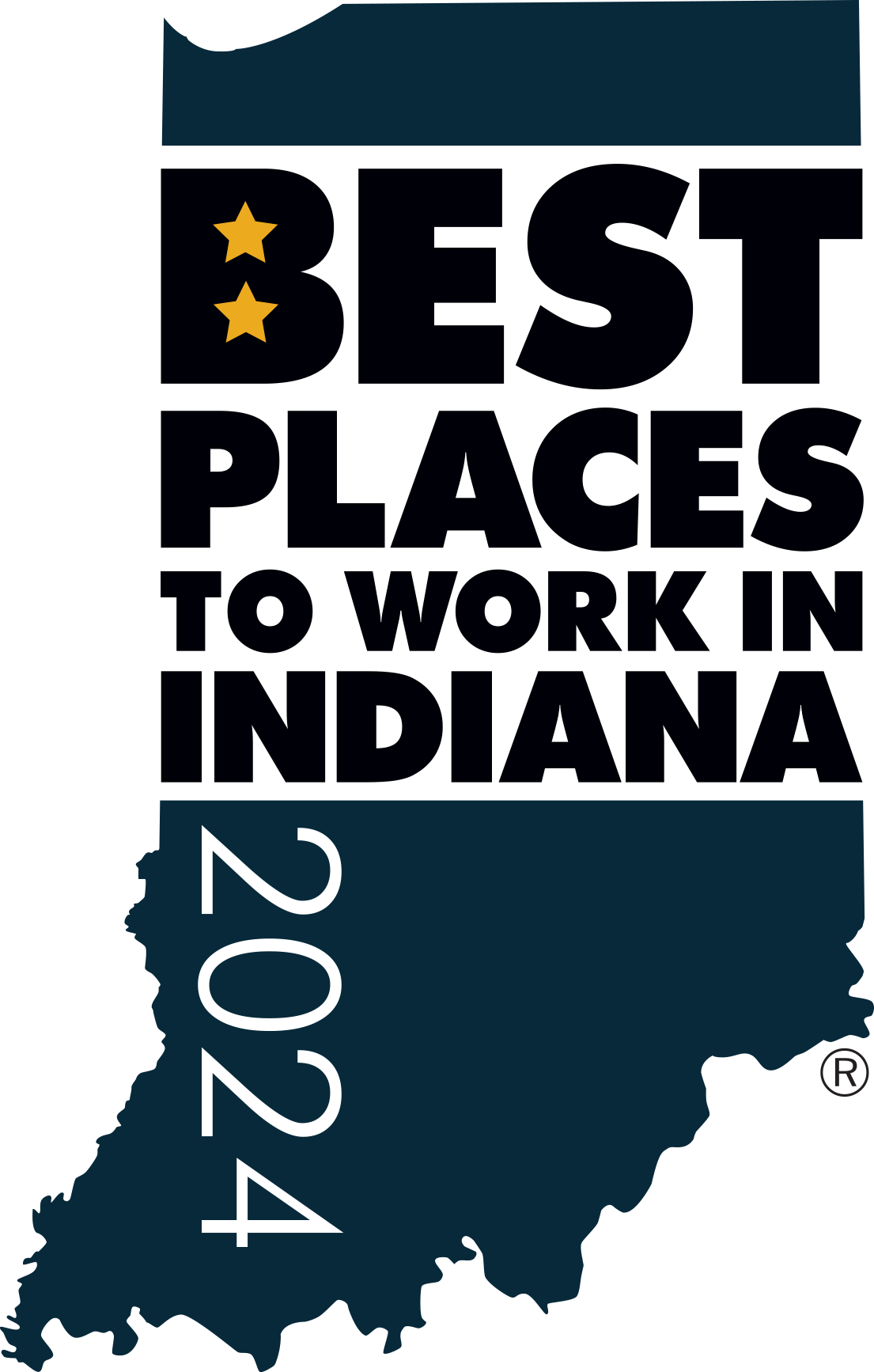Why Remote & Hybrid Work Don’t Always Mix with Promotions
Our work arrangements are more diverse than ever: approximately 12.7% of us are fully remote, embracing the freedom and flexibility that comes with working from home.
Meanwhile, 28.2% have adopted a hybrid model, blending the best of both worlds.
Yet, a significant majority, 59.1%, still work on-site. This variety in work settings underscores a critical realization: the allure of remote work hasn’t diminished the value of physical office spaces.
Young professionals, ardent supporters of remote work for its convenience and balance, face unique hurdles. The absence from the office could mean missed opportunities for visibility and relationship building. However, since research shows that Gen-Z sees work differently, often as just a job, so they might not worry about it much.
The Hidden Costs of Remote Work
Transitioning to remote work isn’t without its challenges. A staggering 70% of remote employees report experiencing burnout, attributed to the relentless pace and perpetual connectivity demanded by digital platforms.
Furthermore, more than half of these workers feel a disconnect from their team, complicating collaboration and weakening team dynamics. Compounding these issues is a significant concern among leadership, with a majority of executives perceiving remote employees as a heightened cybersecurity risk. This fear stems from potential vulnerabilities in data protection and privacy that remote work environments might expose.
Revolutionizing Hybrid Work
Hybrid work can slightly improve short-term work output, but this doesn’t fully consider the growth of important skills like creativity or stamina over time.
Young people, who often prefer working remotely, might miss out on promotions or finding mentors because they’re not physically present. This makes it hard for them to stand out in meetings or continue conversations after online sessions end, potentially harming their career growth.
What It Means for a Looser Labor Market
The push for remote work overlooks the dangers of being replaced by cheaper, overseas workers in a global job market. The idea that working from home is always beneficial is not universally true, especially for young professionals with high ambitions.
As the job market changes, having staff and leaders physically present becomes more valuable. This balance between office and remote work can help ensure young workers receive the mentorship and visibility needed for career advancement, challenging the notion that remote work is the best option for everyone.
Vision for the Future
Looking forward, the future of work transcends the binary choice between remote and in-office settings. It asks for the creation of a work culture that champions fairness, security, and career development. By addressing the nuanced needs of today’s workforce, we can sculpt a work environment that not only meets the demands of the present but is resilient and adaptable for the challenges of tomorrow.
The goal is clear: to harmonize the benefits of working remotely with the invaluable aspects of in-office collaboration. Through thoughtful strategies and a commitment to employee well-being, the potential to revolutionize the workplace is within grasp.

